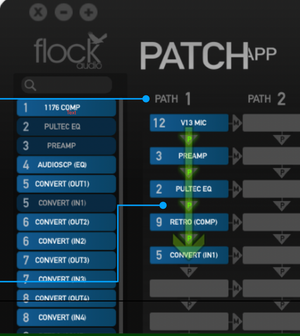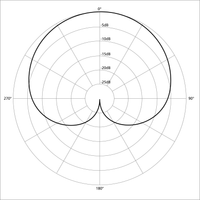Neumann's U87 is arguably the most recognizable and widely used microphone in the audio industry. It's a go to microphone for singers and voice actors, as well as overheads on a number of different sources. One of our favorite applications is when recording drums with the Glyn Johns micing setup where two U87s are used to capture an overall drum sound, complemented by a bass drum microphone.
But in our opinion the real value of a U87 is in its brand recognition. Prospective clients will regularly ask if our studio has one, sometimes even asking if ours is a "vintage" version but often end up preferring a different microphone. There are many alternatives at a much lower cost that often outperform it and some that go a step further and improve on the original design (for example, eliminating the 87's known tendency to accentuate sibilance.
Drop us a line if you're looking for suggestions, we've worked with a number of large capsule condenser microphones over the years and can guide you towards a better fit for your needs.







 The most common use of side chain processing is with compressors. Due to how much energy low frequency sources have (like the bass drum on electronic music or a bass guitar in rock), these sources can very easily trigger a compressor even though the rest of the material in the input signal doesn't require compression. On those situations, adding a high pass filter to the side chain signal makes it so the compressor will be less sensitive (or completely ignore, depending on the filter) to low frequencies.
The most common use of side chain processing is with compressors. Due to how much energy low frequency sources have (like the bass drum on electronic music or a bass guitar in rock), these sources can very easily trigger a compressor even though the rest of the material in the input signal doesn't require compression. On those situations, adding a high pass filter to the side chain signal makes it so the compressor will be less sensitive (or completely ignore, depending on the filter) to low frequencies.



